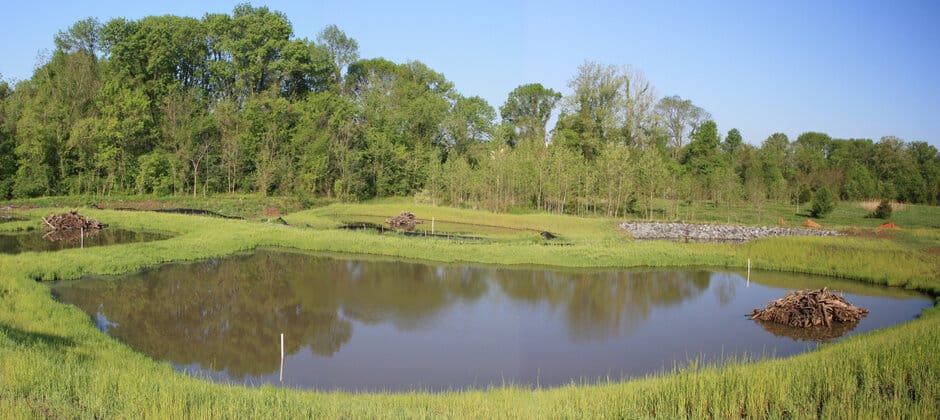Share this article
TWS, others submit Interior mitigation recommendations
The Wildlife Society joined a coalition of conservation, sportsman, and landowner organizations to provide recommendations for the U.S. Department of the Interior to implement reliable mitigation policies.
Mitigation is a process of reducing or avoiding the negative impacts of an action that affects the environment. It may include limiting certain activities, restoring and monitoring affected areas, or compensating for impacts by replacing or substituting affected resources. Federal agencies generally have their own guidance on mitigation procedures and must also follow broader regulations like those in the National Environmental Policy Act.
But members of the coalition believe that Interior should develop agency-wide policies and guidance that standardize strategies for mitigation. They wrote a letter to the department emphasizing that proper mitigation techniques can reduce conflicts between conservation and land use activities and support the decision-making of public and private land managers.
Developing clear and effective standards for mitigation will be crucial to pursuing the administration’s goals of addressing climate change and to fulfilling the mandates and public trust responsibilities of Interior’s various bureaus and agencies, the letter states.
“We believe that mitigation can be a key tool to help the department advance and avoid unnecessary conflict between aggressive climate, conservation, and equity priorities,” the coalition wrote. “An open, transparent and multi-stakeholder process will help build broad-based support for mitigation policies, establish high standards for mitigation, and ensure a balanced, durable, and effective approach.”
The letter’s recommendations specifically focus on the Bureau of Land Management and the U.S. Fish and Wildlife Service. The coalition asks Interior to rescind a 2018 memorandum preventing the BLM from requiring compensatory mitigation to offset the impacts of actions on public lands. Instead, it encourages the agency to balance land development activities and other land uses with fish and wildlife conservation. The letter suggests that Interior should update and readopt the BLM Mitigation Manual and BLM Mitigation Handbook and implement the USFWS Policy Regarding Voluntary Prelisting Conservation Actions. It urges USFWS to adopt a unified mitigation policy across its various legal authorities, including the Endangered Species Act, Migratory Bird Treaty Act, Fish and Wildlife Coordination Act, and Water Resource Development Act.
The coalition also highlights its support for USFWS’ recent reconsideration of the Migratory Bird Treaty Rule, and notes the importance of using a full mitigation hierarchy when addressing both intentional and incidental impacts to protected bird species.
The Wildlife Society is one of 32 organizations that signed the letter, which was submitted to the Acting Secretary of the Interior, Scott de la Vega, on March 10. Now that Secretary Haaland has been confirmed, she will have primary responsibility for addressing these concerns and overseeing the Department of the Interior.
Read TWS’ Position Statements on the Use of Science in Policy and Management Decisions and Incorporating Wildlife Needs in Land Management Plans.
Header Image: Recommendations to the Department of the Interior promote reliable strategies for effective mitigation. Credit: Montgomery County Planning Commission








